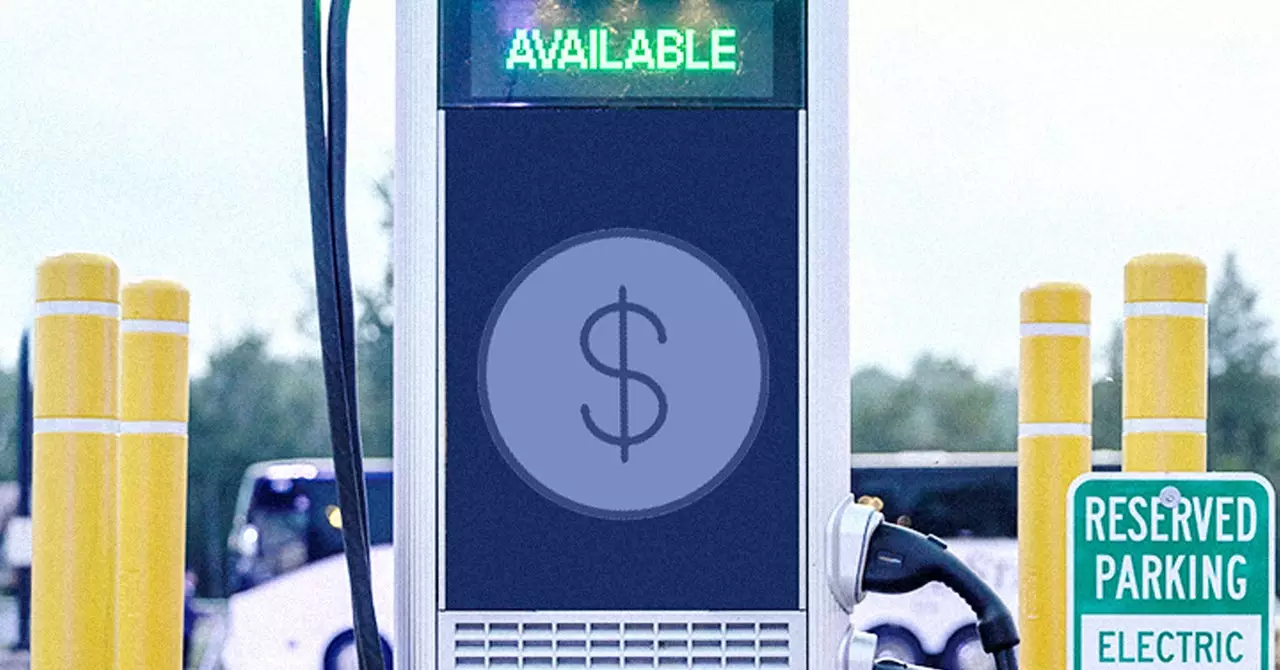The electricity pricing system for EV charging sites includes demand charges, which are based on the highest usage in specific time intervals. These charges can be financially burdensome for site hosts, as they may soar into the hundreds of thousands annually. The rationale behind demand charges is to help utilities manage the costs associated with maintaining the electric grid. However, the unpredictability of usage patterns, particularly with chargers that are rarely used but draw significant electricity in short bursts, exacerbates the issue. Additionally, utilities implement peak pricing, where rates are higher during periods of high electricity consumption, such as 4 pm to 9 pm when most people return home and increase their energy usage. As a result, EV charging prices can be variable and challenging to predict.
Different EV charging companies adopt distinct pricing strategies. For instance, Electrify America employs a station-specific pricing model, charging more at stations that are costlier to operate. In contrast, other companies opt for a broader approach by averaging the costs across their entire network to determine pricing. Moreover, companies have the flexibility to implement dynamic pricing for EV charging, enabling them to adjust rates as needed. However, there are restrictions on changing prices for chargers built with public funds, ensuring a degree of price stability during charging sessions. Despite these pricing strategies, the lack of transparency and consistency in EV charging prices can lead to frustration among drivers, especially when there is uncertainty about the costs associated with using public fast chargers.
The Overlooked Benefits of Home Charging
While public charging stations receive significant attention, it is essential to acknowledge the primary advantage of owning an electric vehicle: the convenience of charging at home. The majority of EV drivers have access to private charging facilities in their garages, driveways, or workplace, where they can plug in their vehicles overnight. This home charging infrastructure is crucial in reducing reliance on public charging stations, which primarily cater to long-distance trips or individuals without private charging options. Despite the cultural association with gas stations for refueling vehicles, the reality is that most EV drivers have the convenience of charging at home, thereby minimizing their dependence on public charging infrastructure.
The prevailing narrative surrounding public charging stations often overshadows the more prevalent practice of home charging among EV owners. While public chargers play a vital role in supporting long-distance travel and accommodating individuals without access to private charging options, they are not the primary source of energy replenishment for most EV drivers. As the infrastructure for electric vehicles continues to evolve, public chargers may become more critical in filling the gaps for individuals residing in apartments or urban areas with limited charging facilities. However, the current focus on public charging stations may divert attention from the broader landscape of EV charging, where home charging remains the norm for the majority of drivers.
The complexity of electricity pricing, the diverse strategies employed by EV charging companies, and the underappreciated role of home charging highlight the multifaceted nature of the electric vehicle charging ecosystem. While challenges such as demand charges and pricing variability exist, it is essential to recognize the evolving infrastructure that supports electric vehicle ownership. By critically evaluating the existing perceptions and practices related to EV charging, stakeholders can better understand the nuances of this growing industry and make informed decisions to enhance the charging experience for drivers.

